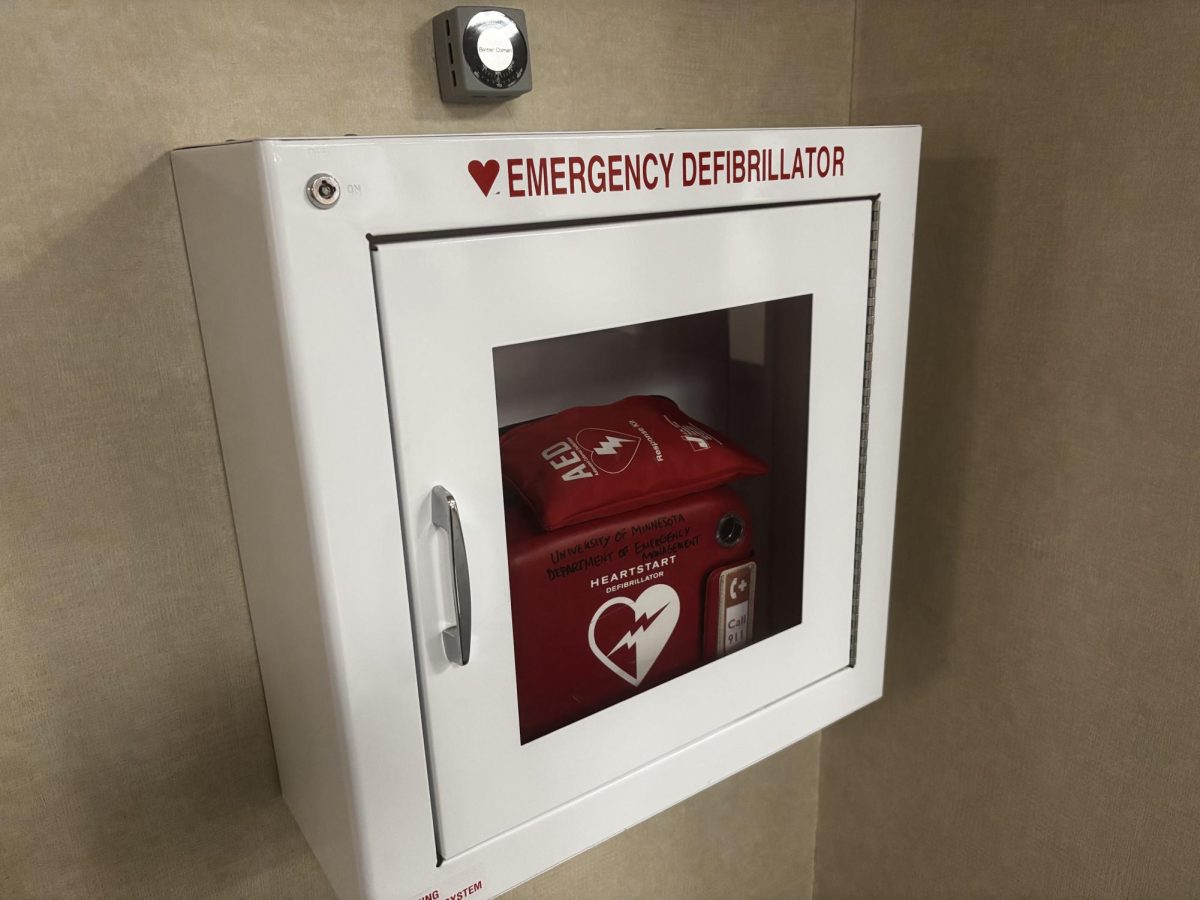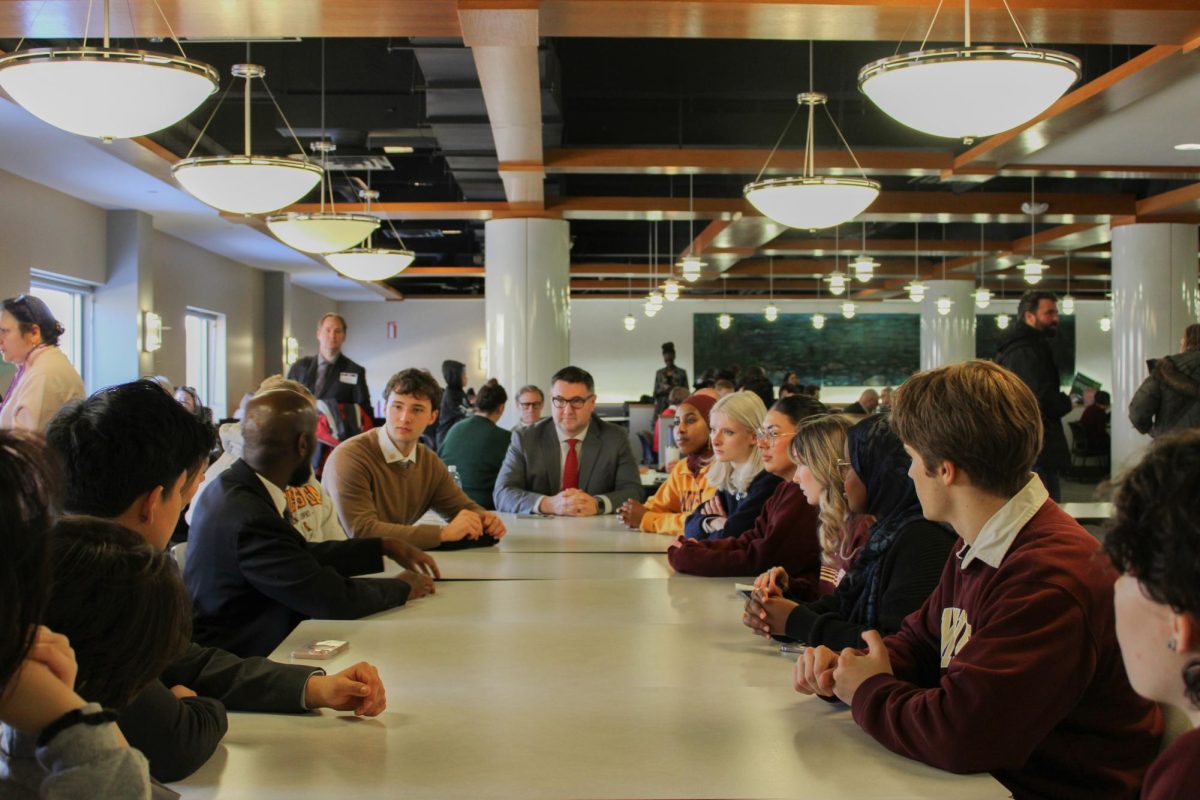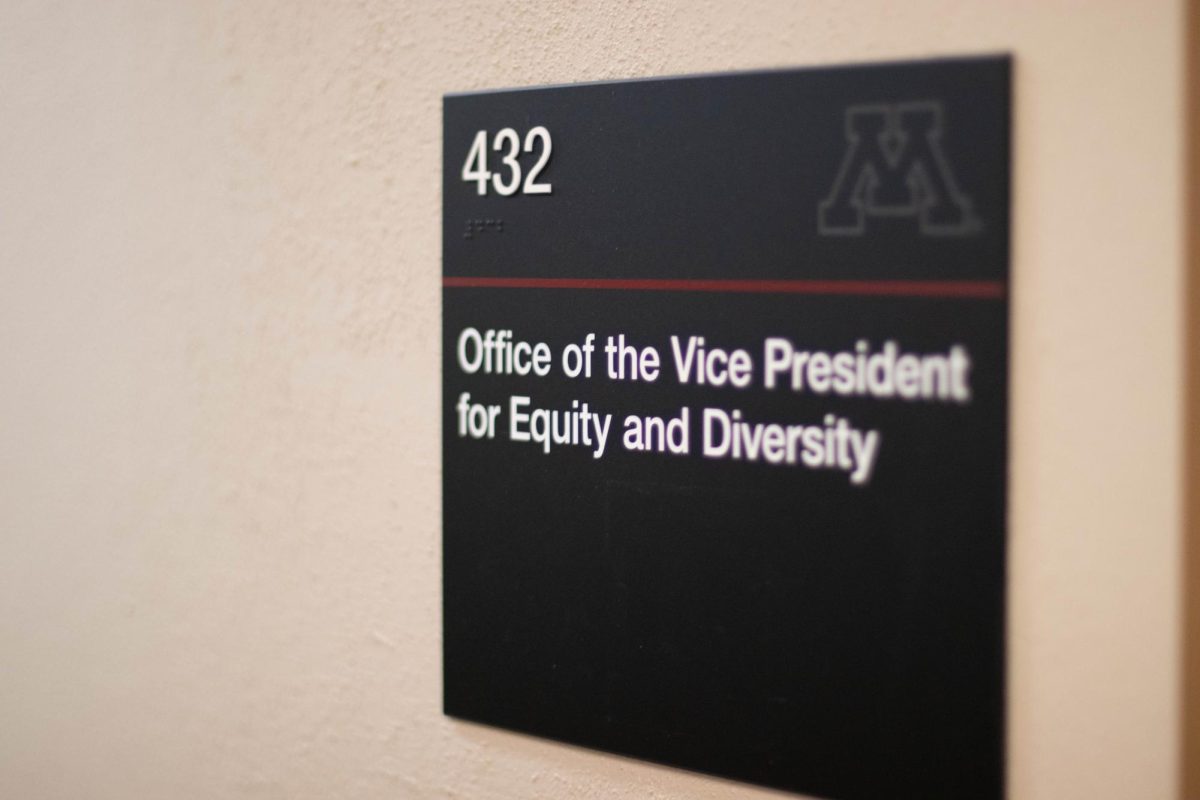The University of Minnesota expects its first cohort of 10 students this fall for a new Master’s of Data Science for Chemical Engineering and Materials Science program.
Prodromos Daoutidis, director of the program, began developing the it a year and a half ago. The idea for the program came from an external advisory board, which saw a need for specialization in the workforce, Daoutidis said.
“Digital technology and automation are key goals in the chemical, biotechnology and material industries,” Daoutidis said. “They need a workforce that has data science expertise integrated with domain expertise. There’s an industrial need and an educational opportunity.”
Daoutidis wrote the initial proposal with the support of the Department of Chemical Engineering and Materials Science, the Department of Computer Science and the School of Statistics at the University. Since the program was developed as a collaboration between the three departments, students will be taking classes from all three departments, Daoutidis said.
The 30-credit program consists of nine chemical engineering & materials science computational courses, nine credits from computer science and engineering or statistics, and the remaining credits from electives. Its design allows full-time students to complete the program within one year, according to the Department of Chemical Engineering and Materials Science.
The program offers specialization through the electives offered, including artificial intelligence, automation and robotics, data analytics, business analytics and control and optimization. This allows students to focus on interests they may use in their future careers.

Marie Romell is one of the 10 students attending the program in the fall.
Romell graduates this spring with a major in chemical engineering and a minor in computer science. She said she heard about the program from Cole Brzakala, a fellow student planning to take the program in the fall.
“I was already looking for something like this program, and the idea of it being at the University with professors I had already had seemed perfect,” Romell said.
Romell and Brzakala said the application process was straightforward and they both applied at the end of the fall 2022 semester.
“The process wasn’t bad. There were two essays similar to what I had to submit to the University for undergrad,” Brzakala said. “One was a diversity statement and the other was a letter of intent stating why you want to do the program.”
Brzakala said he met with Daoutidis personally, who gave him more information about the program and piqued his interest in the careers that would be available to him following the program.
“The types of jobs available to someone with a chemical engineering degree weren’t exactly what I wanted to do,” Brzakala said.“I have a minor in computer science, and I wanted to get into the computational aspect of it.”
The admissions process is not yet complete, but many students have applied. There are applicants from MIT and the University of Wisconsin-Madison, international students, students working on Ph.D. and graduate programs as well as undergraduates from the University, Dauotidis said.
“We’d like to see it grow, and I’m convinced it will happen,” Daoutidis said.















